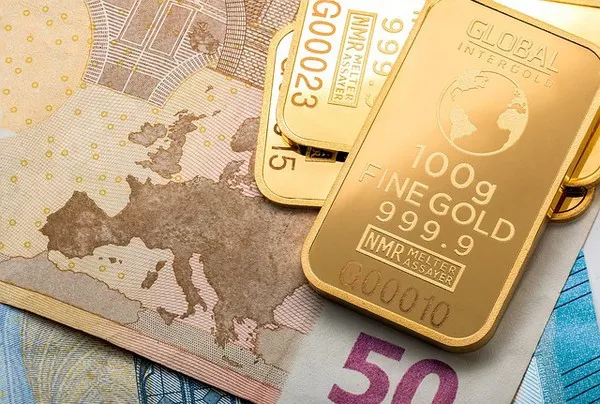In the realm of precious metals, gold stands out not only for its timeless allure but also for its purity, often measured in karats. Among the various standards used worldwide, 24 karat gold is considered the purest form available for commercial purposes. This level of purity denotes that the gold is 99.9% pure, with only trace amounts of other metals present.
Understanding Karats: What Does 24 Karat Gold Mean?
Gold purity is measured in karats (or carats), with each karat representing 1/24th part of pure gold by weight. Therefore, 24 karat gold signifies that the item is made entirely of gold without any other metals mixed in. This purity level is highly sought after for its inherent value and its ability to resist tarnishing or corrosion over time.
Where Can You Find 24 Karat Gold?
The availability of 24 karat gold varies significantly depending on geographic location, economic factors, and cultural preferences. Different countries have distinct traditions and standards regarding the purity of gold used in jewelry, investment products, and industrial applications. Let’s explore some of the key regions known for their production and consumption of 24 karat gold:
1. India: Cultural Significance and Demand
In India, gold holds immense cultural and religious significance. Pure 24 karat gold jewelry, often referred to as “BIS 916” or “999” gold, is particularly prized. Indian consumers prefer 24 karat gold for its purity and its status as a symbol of wealth and prosperity. Jewelry crafted from this high-purity gold is commonly worn during weddings, festivals, and other auspicious occasions.
2. Middle East: Tradition and Investment
Countries in the Middle East, such as Saudi Arabia, UAE, and Qatar, also have a strong affinity for 24 karat gold. Pure gold jewelry is a traditional gift during weddings and celebrations, and it serves as a store of value and a form of investment. The demand for 24 karat gold bars and coins is also notable among investors in this region, reflecting its role as a safe-haven asset.
3. China: Growing Market for Pure Gold
China is one of the largest consumers of gold globally, with a significant portion of its demand focused on 24 karat gold products. The Chinese market values pure gold for its purity and auspicious symbolism. In recent years, China has also seen an increase in demand for 24 karat gold bars and coins as investment vehicles, driven by economic growth and rising disposable incomes.
4. United States and Europe: Preferences and Standards
In Western countries like the United States and those in Europe, 24 karat gold is less common in jewelry due to its softness compared to alloys with lower karat values. However, it is still used in niche markets such as high-end jewelry and custom pieces where purity is paramount. Investment-grade gold bars and coins traded in these regions often adhere to international standards for purity, including 24 karat options.
5. Southeast Asia: Cultural Diversity in Gold Use
Countries in Southeast Asia, including Thailand and Vietnam, also have rich traditions involving gold. While 24 karat gold is less common in everyday jewelry due to its softness, it is highly valued for its purity in ceremonial and investment contexts. These regions often blend cultural practices with modern preferences, influencing the demand for high-purity gold.
Factors Influencing 24 Karat Gold Prices
The price of 24 karat gold is influenced by several global factors, including:
Market Demand: Consumer preferences and investment demand play a crucial role in determining the price of pure gold.
Economic Conditions: Gold is often seen as a hedge against economic instability, leading to increased demand during times of uncertainty.
Currency Movements: Since gold is traded globally, fluctuations in currency exchange rates can impact its price in local markets.
Geopolitical Events: Political tensions or global conflicts may drive investors towards safe-haven assets like gold, affecting its market price.
See Also Is Spot Gold Trading Risk-Free?
Conclusion: The Global Appeal of 24 Karat Gold
In conclusion, while 24 karat gold is prized for its purity and intrinsic value, its availability and demand vary significantly across different regions of the world. Cultural traditions, economic factors, and consumer preferences all contribute to the prominence of 24 karat gold in various markets. Whether cherished for its cultural significance, used as an investment vehicle, or admired for its craftsmanship, pure gold continues to hold a timeless allure that transcends borders and cultures.
Understanding the global landscape of 24 karat gold offers insight into its multifaceted role in economies and societies worldwide. As markets evolve and consumer tastes shift, the demand for this purest form of gold will continue to shape its place in the global marketplace, reflecting both tradition and modernity in its use and appreciation.


